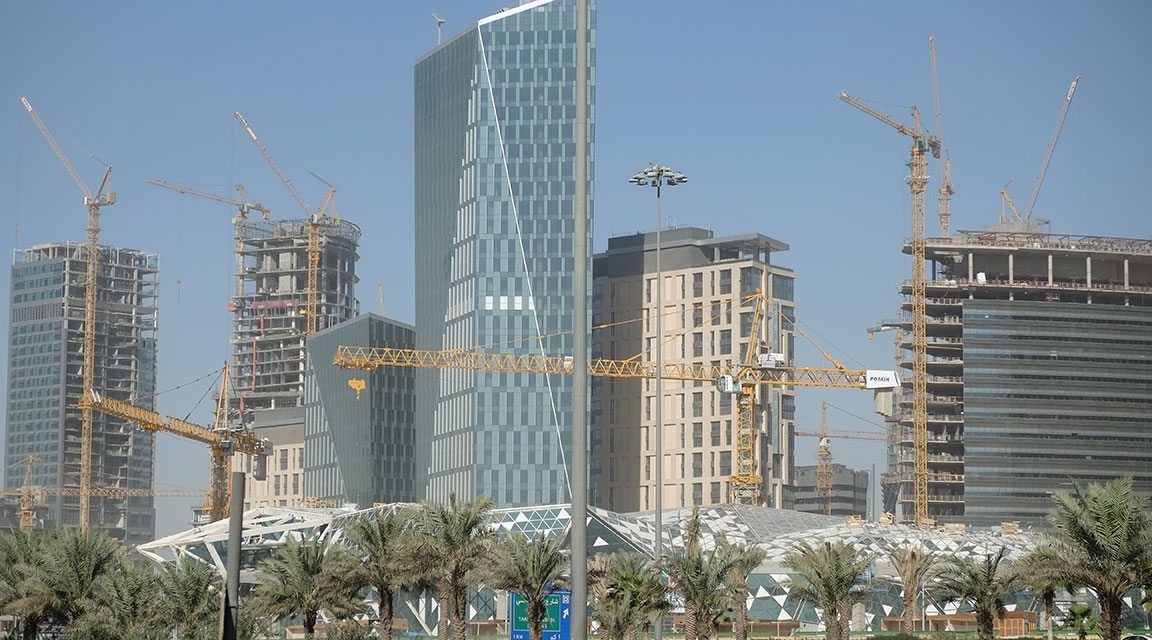

Bureau adopts global best practices methodologies to identify savings
A Saudi government unit established to control state expenditure has cut future project spending in the kingdom by SR100bn ($27bn), and could slash a further SR531bn.
According to the governments Fiscal Balance Programme 2020 document, Riyadh has created the Bureau of Capital and Operational Spending Rationalisation as an independent unit operating under the Council of Economic and Development Affairs (Ceda) to rationalise both capital and operation spending. It says that between 2002 and 2014, the government has not been as disciplined as it could have been with overall spending, allowing it to exceed the budget by 15-25 per cent in each year.
For the first phase of its capital expenditure review, the bureau has scrutinised the project spending of the five civilian ministries with the greatest capital spending. It did not specify what these five ministries were.
The five entities have projects with a total cost of SR490bn. There is SR270bn of project work that has been completed, with another SR220bn yet to be finished. Of this SR220bn, the bureau has, by adopting global best practices methodologies, been able to identify SR100bn of potential savings or a 45 per cent reduction in capital spending.
For the second phase of the bureaus capital expenditure review, a further SR1.18 trillion of schemes being delivered by 13 other government entities will be scrutinised using the same methodologies. If the same percentage 45 per cent of expenditure is cut, then this could lead to a further SR531bn of project spending reductions. Added to the SR100bn of savings already identified in the first phase of spending reviews, this gives a total reduction in capital spending of SR631bn.
The Fiscal Balance Programme aims to achieve a balanced budget by 2020, which is one of the key aims of Riyadhs Vision 2030 strategy. The programme document argues that if economic reforms, such as cutting subsidies and introducing taxation, are not implemented then the government could be forced to cut capital spending by at least 90 per cent, or SR1.26 trillion.
Public spending on infrastructure is expected to increase in 2017, after the government almost doubled its allocation for infrastructure and transport in the state budget, which was announced on 22 December.
The Finance Ministry said it will increase spending on infrastructure and transport to SR52.1bn, compared with SR30bn allocated in the 2016 budget.
Actual spending on infrastructure and transportation schemes only reached SR37bn in 2016.
You might also like...

Qiddiya tenders site office package
25 April 2024

Kuwait’s oil sector could be disconnecting from politics
25 April 2024

Kuwait launches oil and gas project portal
25 April 2024

Aramco receives proposals for offshore LTA pool
25 April 2024
A MEED Subscription...
Subscribe or upgrade your current MEED.com package to support your strategic planning with the MENA region’s best source of business information. Proceed to our online shop below to find out more about the features in each package.




